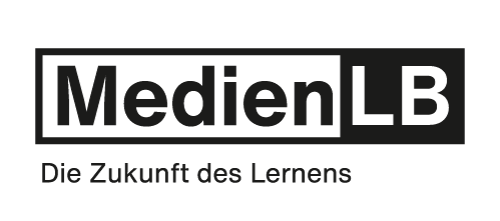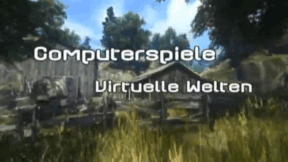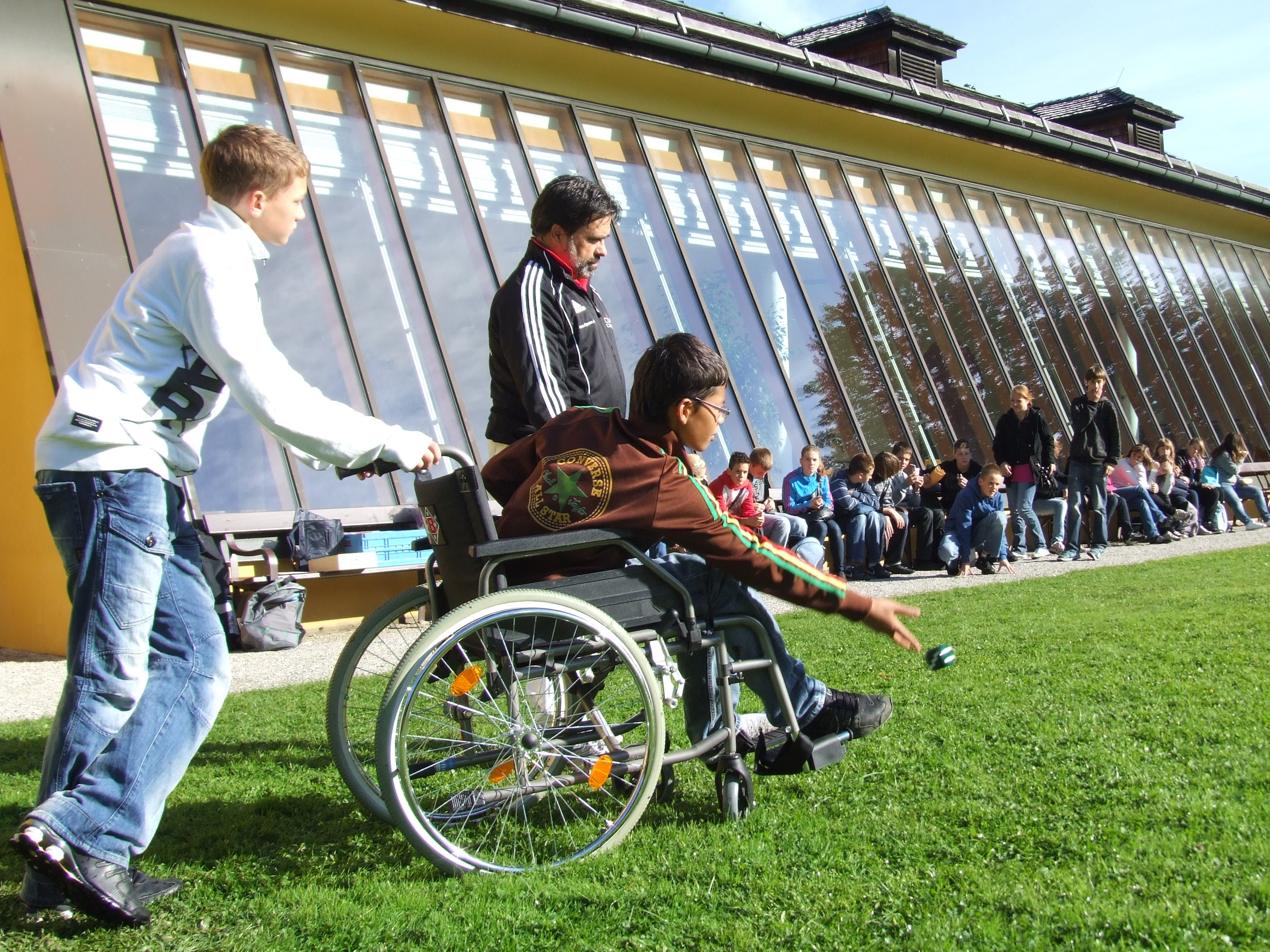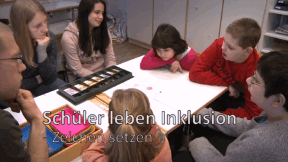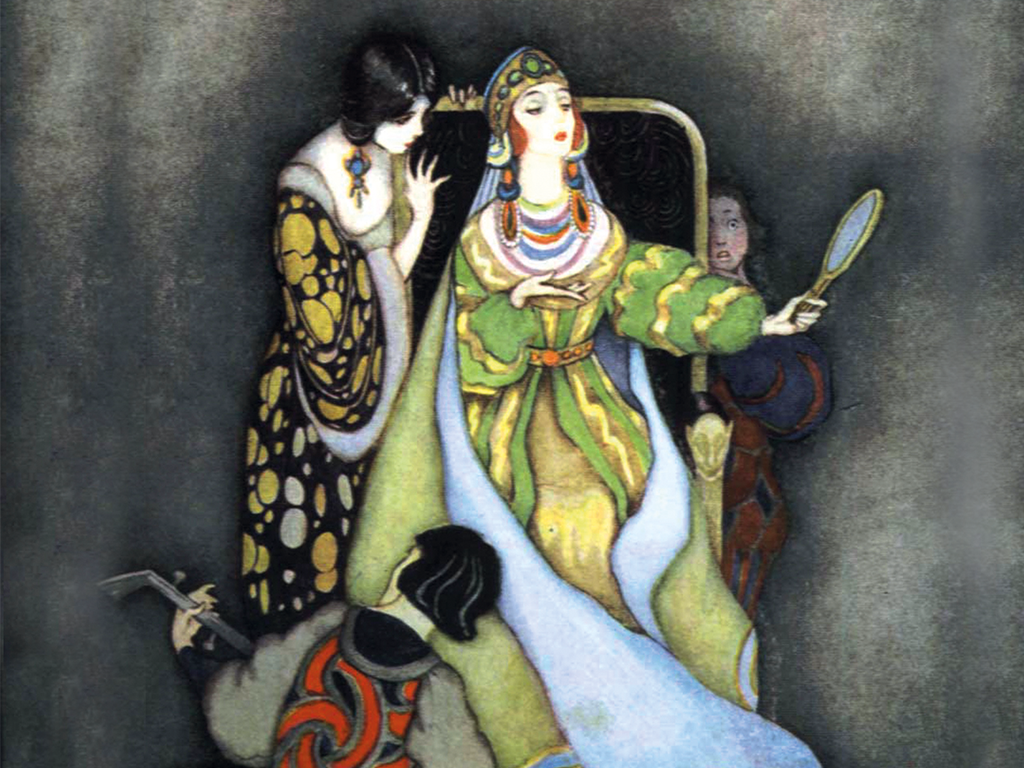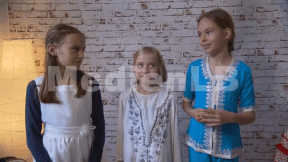 Geography, Primary School
Geography, Primary School
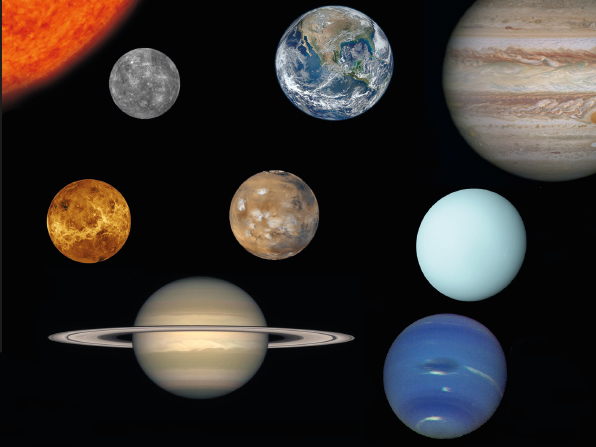

4675537 / 5563685
Our Solar System
Planets
Looking up at the cloudless night sky is something special. It is a spectacle that we are offered free of charge every clear night. Whether it is the Moon, or the bright planets, or the even more distant stars, or the Milky Way, which crosses the sky like a ribbon – all of them have always interested and fascinated people. In former times, people believed that everything that we see on the sky revolves around the Earth, that we actually live in the centre of the universe. Today we know that our Earth is only one of several planets that revolve around the Sun, and that even the solar system with all its planets is located at the very edge of our galaxy – the large stellar system called Milky Way. And even this giant galaxy is only one among many other galaxies in the universe. So we fly through space on our globe Earth like on a grain of dust – but actually, how have we got there in the first place?
Play trailer

Curriculum-centred and oriented towards educational standards
Matching
Computer Games
This film covers the topic of computer games in a variety of ways and from many different angles. Apart from the fascina- tion of computer games for users, the historical development as well as the production of computer games are described. The established genres are introduced, the guidelines of the German BPjM are explained. In light of recent public discussions, a neutral overview of the pros and cons of playing computer games is given, and different kinds of player behaviour are outlined. In this film, the pupils will recognise many aspects of their favourite pastime that encourage an independent, constructive use of this medium and reinforce their media competency. The film and teaching material are very closely related to the real-life situation.
Pupils Practise Inclusion
When people come together, no matter under what concomitant circumstances – ultimately, it is about how these people meet and how openly they interact with one another.



